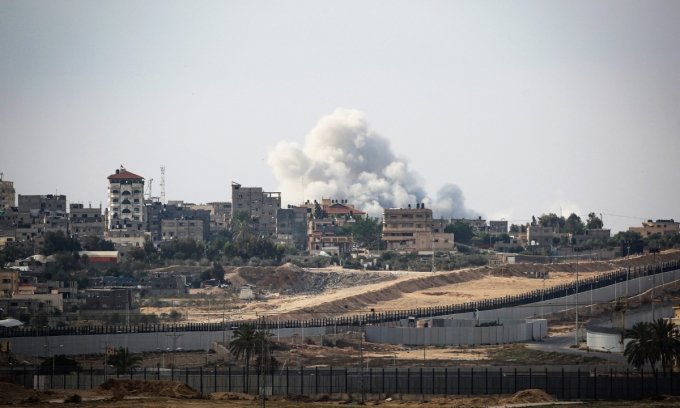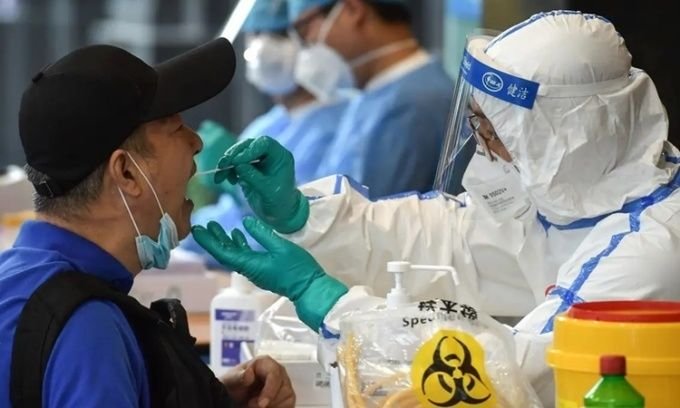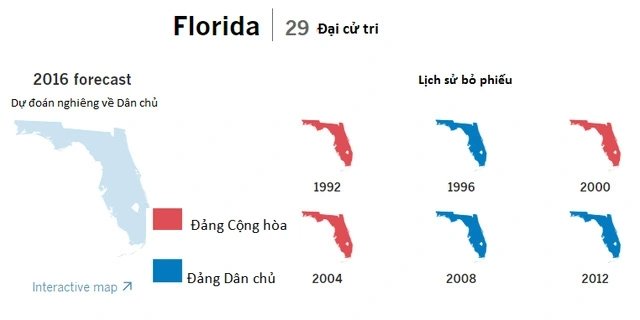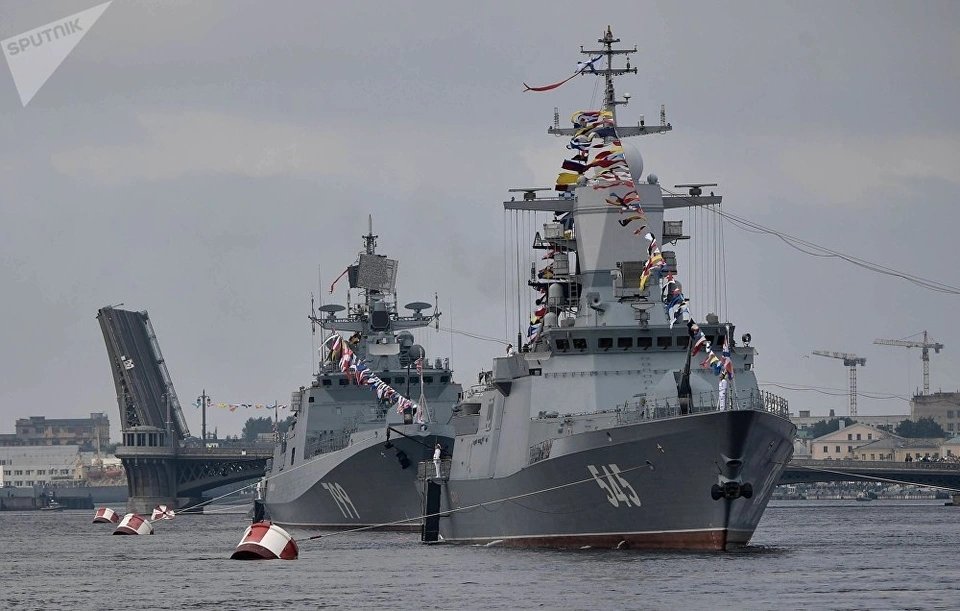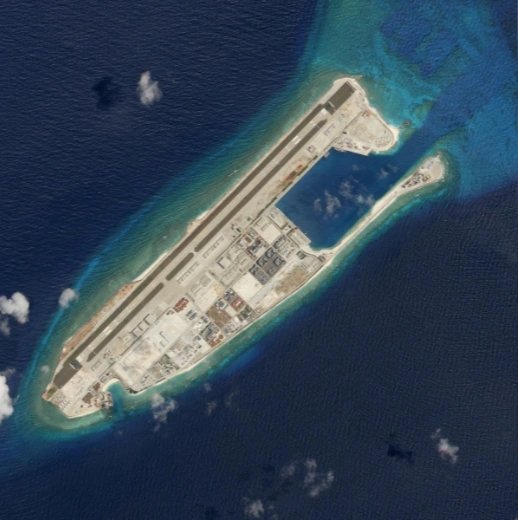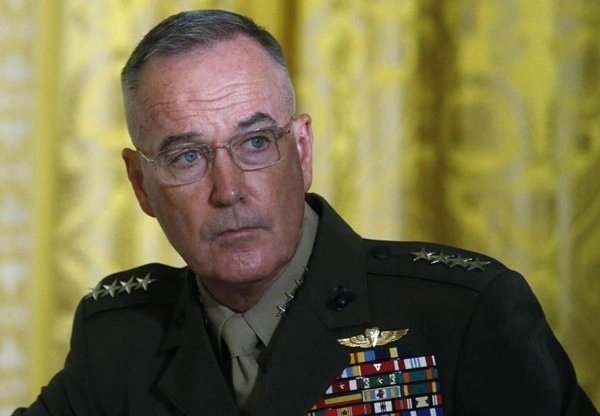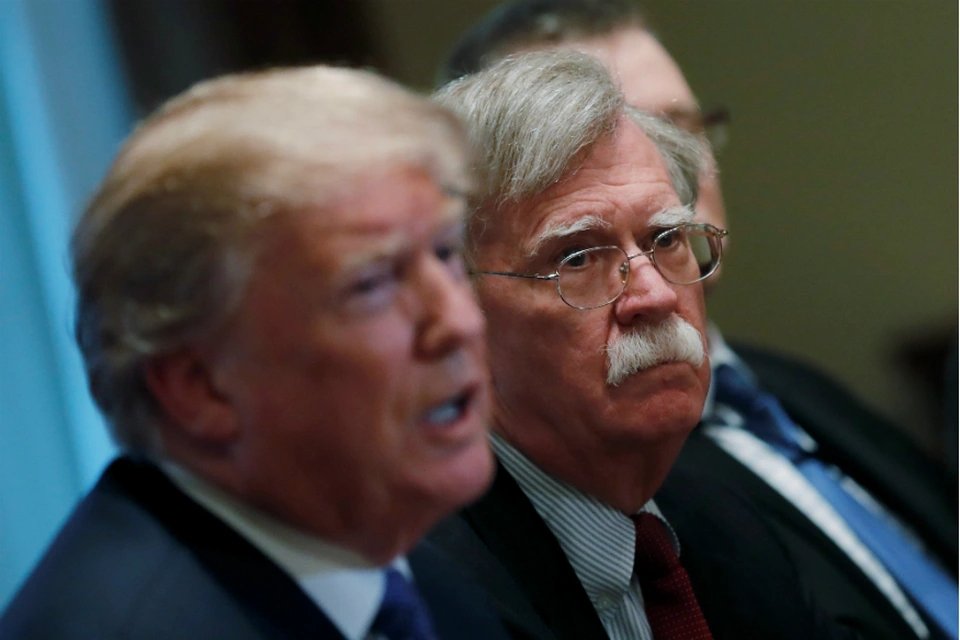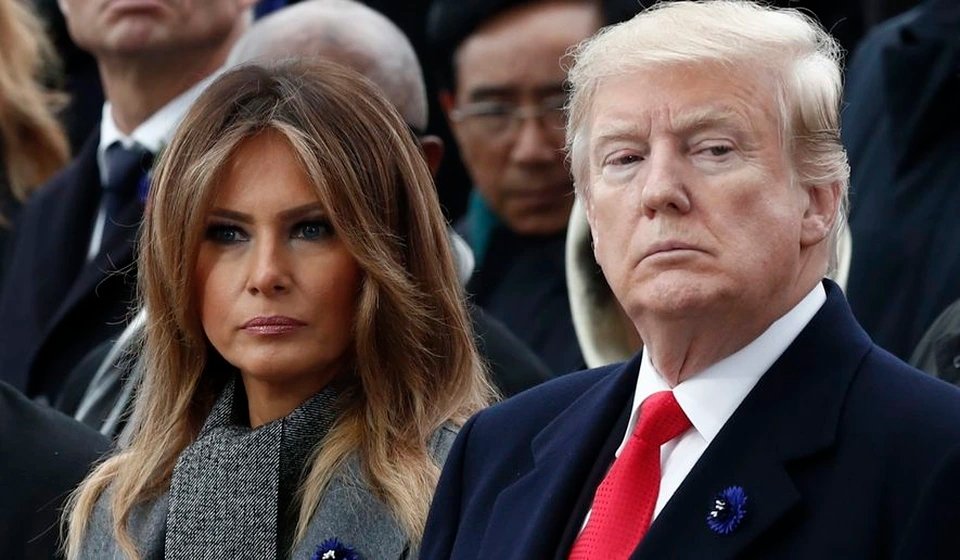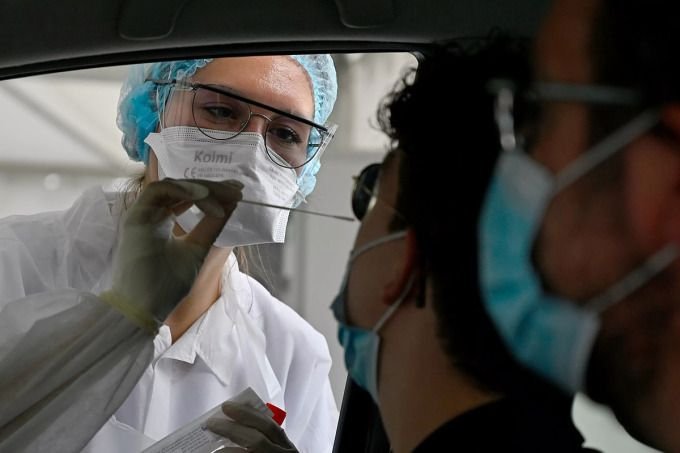
213 countries and territories recorded 27,993,667 cases of infection and 906,891 deaths due to nCoV, an increase of 283,244 and 6,257 cases respectively after 24 hours, while 20,078,535 people have recovered, according to statistics from the update page.
Medical staff take patient samples in Rennes, France on September 7.
The US, the largest epidemic area in the world, recorded 6,546,726 cases of infection and 195,148 deaths, an increase of 37,416 and 1,214 cases respectively compared to the previous day.
Dr. Anthony Fauci, America’s leading infectious disease expert, said that it is `very unlikely` that the country will have a Covid-19 vaccine before the November 3 election.
Three officials, who spoke on condition of anonymity, said the Trump administration plans to end screening of incoming passengers at the airport.
India, the second largest epidemic region in the world and the largest in Asia, reported an additional 95,529 cases of infection and 1,168 deaths, bringing the total to 4,462,965 and 75,091 respectively.
Although infections are increasing sharply, Prime Minister Narendra Modi’s government shows optimism by pointing to the high recovery rate in India, with about 75% of total infections recovered.
India recently eased more restrictions to ease economic pressures and has allowed metro trains in urban areas to resume operations from September 7.
In Brazil, the third largest epidemic area in the world, the number of deaths increased to 128,539 after recording 463 more cases.
The Brazilian Ministry of Health said that the number of nCoV infections in the country has recently decreased slightly and is hoped to have reached the peak of the epidemic after months of recording an average daily death of more than 1,000 people.
Acting Brazilian Health Minister Eduardo Pazuello said on September 8 that the country could have a vaccine and begin vaccinating the entire population from January next year.
Russia, the world’s fourth largest epidemic region, reported 142 more deaths, bringing the total number of deaths to 18,135.
The Russian Ministry of Health said the first batch of Sputnik V vaccine, researched and developed by the Gamaleya center, was put into circulation on September 7.
Russia on August 31 began lifting epidemic restrictions in most of the country as millions of students entered the new school year.
South Africa, the world’s seventh largest epidemic area and the country most heavily affected by the pandemic in Africa, recorded 642,431 infections and 15,168 deaths, an increase of 1,990 and 82 cases, respectively.
Although infections and deaths due to nCoV are trending down, South African Health Minister Zweli Mkhize said he is still worried about the risk of a second wave of Covid-19 like other countries.
Spain, the largest epidemic region in Europe, recorded a rebound in infections after a period of containing the epidemic.
Spain requires children 6 years and older to wear masks in schools.
France recorded an additional 8,577 cases of infection, bringing the total to 344,101, of which 30,794 people died, an increase of 30 cases.
The French government on September 6 raised the warning level in major cities such as Lille, Strasbourg and Dijon as new nCoV infections continued to increase.
Iran reports 22,669 deaths after recording 127 more cases.
Although many parents are worried about the risk of spreading nCoV, Iran reopened schools from September 5 with strict regulations to ensure safety.
In Southeast Asia, the Philippines is the largest epidemic area in the region with 245,143 cases of infection and 3,986 deaths, an increase of 3,176 and 70 cases respectively.
Capital Manila and neighboring provinces still impose restrictions until the end of September, limiting non-essential travel and banning large gatherings.
Indonesia, the second largest epidemic area in the region, recorded 203,342 cases of infection, an increase of 3,307 cases compared to the previous day, of which 8,336 people died, an increase of 106 cases.
President Joko Widodo said on September 1 that the epidemic in Indonesia is likely to peak this month, and said he is `very confident` about the ability to access a safe and effective vaccine by the end of this year.
The capital Jakarta re-imposed restrictions as infections increased by an average of 1,000 per day this month.
Singapore is the third largest epidemic area in the region with 57,166 infected people, an increase of 75 cases, and 27 deaths.
Singapore Prime Minister Lee Hsien Loong on September 2 admitted that the country had many shortcomings in its efforts to respond to Covid-19.
World Health Organization (WHO) Director-General Tedros Adhanom Ghebreyesus said that the world needs to prepare better for the next pandemics and invest more in the public health system.
Phuong Vu (According to AFP/Reuters)

